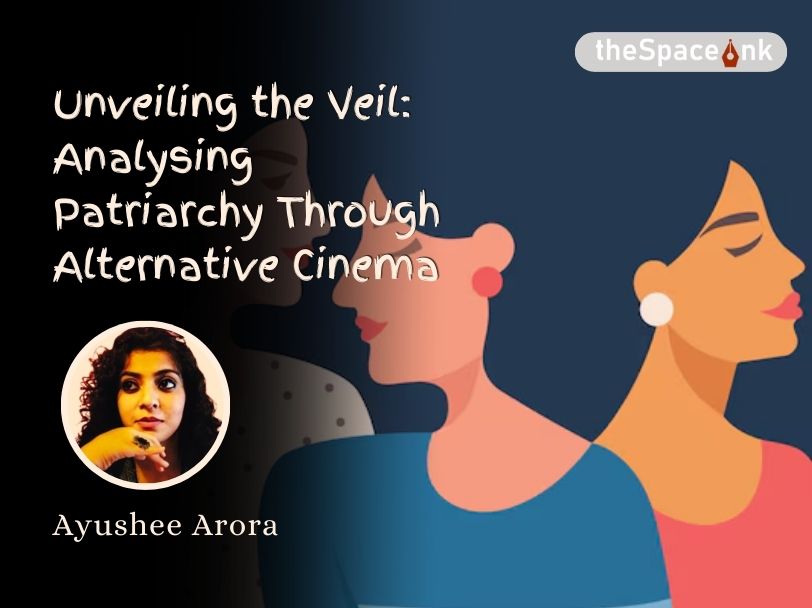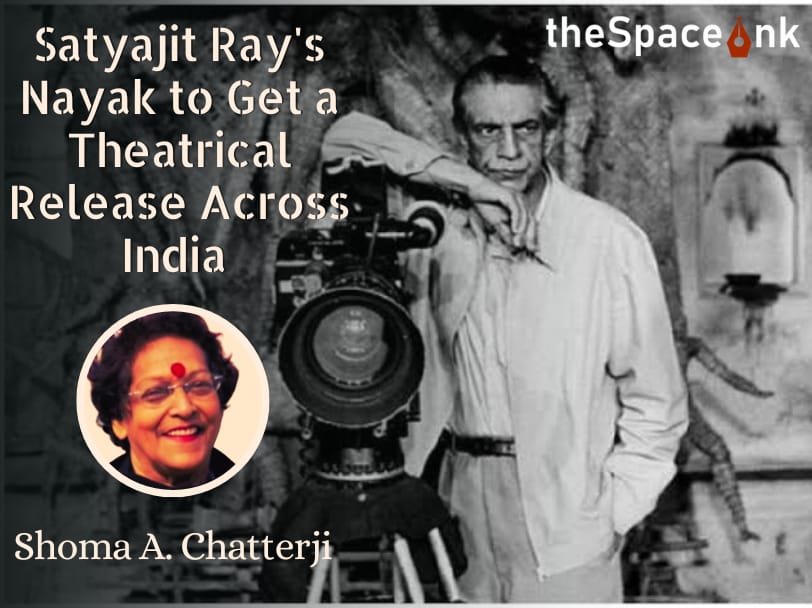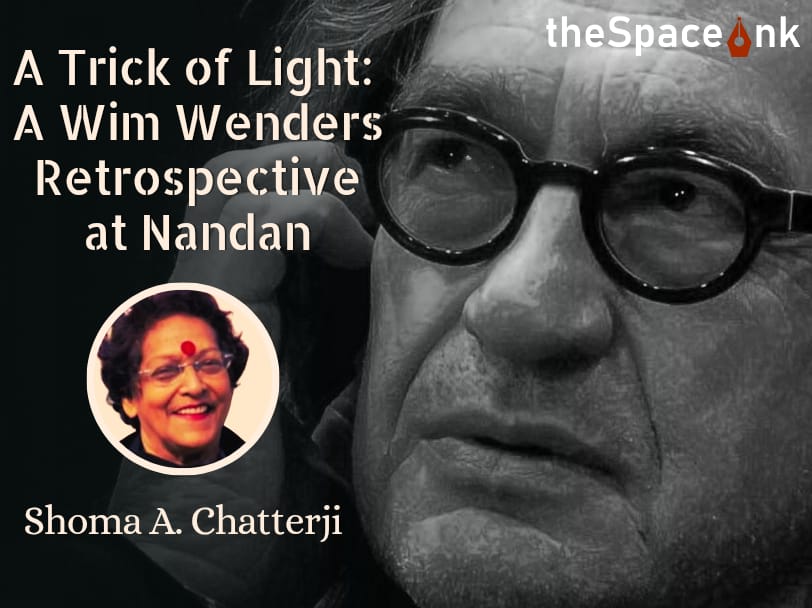‘Bollywood’ is an industrial and cultural condition of contemporary Bombay cinema being identified as one of the many implications of the socio-economic changes resulting from neoliberal policies adopted by the Indian government during the 1990s. However, the new millennium is a transitional phase of Bollywood cinema concerning the ‘convergent’ corporate business practices of the contemporary Hindi film industry as well as technological changes introduced with the digitization of Hindi cinema. The definition and characteristics of what has been described as ‘Bollywood’ have mutated over the years in terms of the changing industrial practices, digital mediation as well as transformations of narrative, form, aesthetics, and the audience.

In 1995 Hindi film actor Amitabh Bachchan started ‘Amitabh Bachchan Corporation Ltd’ (ABCL) a public limited company that specialized in film production, television software production, and event management, thus attempting to establish a corporatized entertainment company. On 10th May 1998, the Union Information and Broadcasting Minister Sushma Swaraj (1998) conferred industry status to the Indian film industry, recognizing filmmaking as a legitimate industrial activity. This new status made the Hindi film industry eligible for infrastructural and credit support from the Government. The Entertainment Committee of The Federation of Indian Chambers of Commerce and Industry (FICCI) was also formed (between 1998 and 1999) around this time. This moment can be referred to as the onset of the corporatization of Hindi cinema.
The definition and characteristics of what has been described as ‘Bollywood’ have mutated over the years in terms of the changing industrial practices, digital mediation as well as transformations of narrative, form, aesthetics, and the audience.
Thereafter, in the new millennium, the Hindi film industry became characterized by corporatization, consolidation, and convergence of various business practices. The consolidation of the industry primarily materialized with the creation of the studios namely – Eros International, Disney UTV, Fox Star Studio, Reliance Entertainment and Yash Raj Films, among others. These companies have both vertically and horizontally integrated business structures. For instance, Yash Raj Films has its production and distribution business (excluding exhibition) and has also ventured into allied businesses such as home entertainment, music, television, merchandising, comics, and digital. However, the formation of these studios which are vertically and horizontally integrated enterprises transpired in conjunction with the coming of Hollywood studios in India (The Walt Disney Company, Twentieth Century Fox, Sony Pictures, and Warner Brothers among others); now also playing a major role in film financing.

This moment of change brought along with it several changes in the way the industry conducts its business. This includes the availability of corporate funds, the introduction of contracts, registered companies, bank dealings, employed personnel, maintenance of accounts, and so on. An example is a studio Yash Raj Films which despite being a family-owned private limited company, is corporate in structure and in the way it operates. However, unlike the production and distribution sector the exhibition sector, with the rise of multiplexes, is a ‘corporatized’ sector in its entirety.
Approximately 2010 onwards Hindi films also started being predominantly recorded, edited and distributed in the digital format. This led to the overwhelming use of visual effects in Hindi cinema which genres such as science fiction and horror capitalized to create the ‘fantastic’ and the ‘spectacular’; these genres coming into mainstream imagination of Bollywood cinema in the new millennium. These spectacle-driven narratives such as Koi Mil Gaya (Rakesh Roshan, 2003), Krrish series (2006;2013), Dhoom series (2004; 2006; 2013), and Ra. One (Anubhav Sinha, 2011), came into prominence in the blockbuster realm of Bollywood cinema during the new millennium. These films served as a stimulator and created dazzle and awe, in their sheer experience making it more about the ‘experience’ rather than the plot. Additionally, the digitization of cinema has greatly enhanced the manipulability options resulting in films with complex narratives such as Karthik Calling Karthik (Vijay Lalwani, 2010), Baar Baar Dekho (Nitya Mehra, 2016) amongst others. However, digitization also facilitated the dissemination of films in multiple delivery platforms enabling films to be watched in smaller formats such as on television, laptop, and mobile screens.

This may be referred to as technological convergence meaning films being seen with the aid of new distribution channels such as video streaming websites like Netflix, Amazon Prime, Hotstar among others; also referred to as Over the Top (OTT) platforms. The subscription-based OTT platforms became a boon to low budget films such as Lipstick under my Burkha (Alankrita Shrivastava, 2017) and Newton (Amit V. Masurkar, 2017) – which previously had low visibility in the theatrical market. Instead, the streaming deals have become a prominent recovery model for independently produced low budget Hindi films in contemporary times. However, with reference to films like Gulabo Sitaabo (Shoojit Sircar, 2020), Shakuntala Devi (Anu Menon, 2020), and Gunjan Saxena: The Kargil Girl (Sharan Sharma, 2020), in spite of being OTT releases, have a high marketing budget, rely on star power and are also often produced by big production houses; such as in the case of Gunjan Saxena: The Kargil Girl produced under the banner of Dharma production and starring Janhvi Kapoor. Therefore, such distinctions are becoming increasingly blurry in recent times.
Therefore, to conclude the changing business practices of the Hindi film industry alongside the digitization of Hindi cinema impacted the narrative and style of Hindi cinema in the new millennium. The Non – Resident – Indian (NRI) remained at the centre of the narrative in films like Dilwale Dulhania Le Jayenge (Aditya Chopra, 1995), Dil To Pagal Hai (Yash Chopra, 1997), Kuch Kuch Hota Hai (Karan Johar, 1998) and Taal (Subhash Ghai, 1999) among others. However, the erstwhile ‘Bollywoodized’ narratives of popular Hindi cinema have been partly transformed or wholly suspended. While the diaspora centric romances dominated the 1990s Hindi cinema, in the new millennium, films that do not quite fit into this archetype have surfaced. Whereas on one hand, the spectacular VFX driven films became the blockbuster staple of Bollywood cinema, on the other hand, the content-driven low budget films became prominent on OTT platforms. However, such categorizations are mostly fluid in nature, and in the contemporary convergent scenario, the distinctions of film styles are now constantly merging.
Dr Ipsita Barat is an Assistant Professor in the Department of Mass Communication & Videography at St. Xavier’s College (Autonomous), Kolkata for more than nine years now. She is also acting as the Head of the Film Studies Department at St. Xavier’s College. She has completed her PhD. from Film Studies Department Jadavpur University, Kolkata and holds a master's degree from AJK Mass Communication and Research Centre (MCRC), Jamia Millia Islamia. She has also worked extensively as a media professional in Kolkata television industry.








